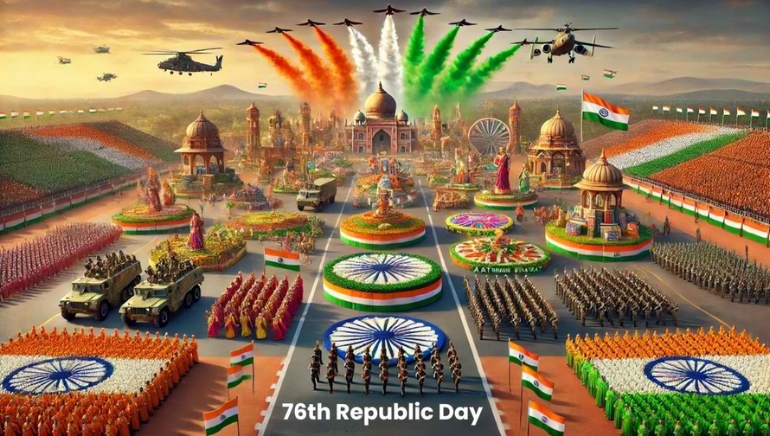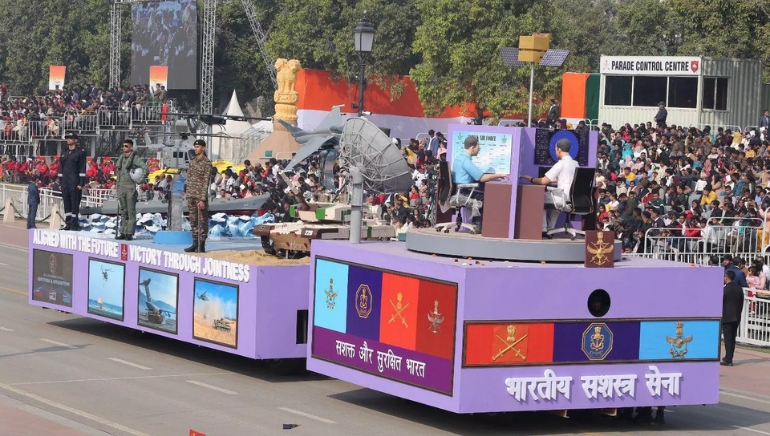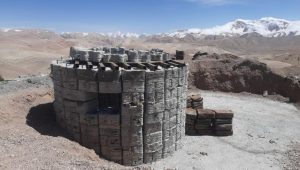Argentina is abolishing import duties on specific low-cost electric and hybrid automobiles in a big step towards promoting green mobility. The initiative, which takes effect next week, intends to make environmentally friendly transit more accessible. Economy Minister Luis Caputo made the statement on X, emphasising the government’s commitment to sustainable mobility options.
The new legislation allows up to 50,000 electric and hybrid automobiles to join the Argentine market without taxes per year. This decision is consistent with the global trend towards greener mobility options, and it is likely to increase customer demand.
In addition, Argentina is altering its auto tax system. Cars costing between 41 million pesos ($39,047) and 75 million pesos ($71,428) will henceforth be tax-exempt. Meanwhile, automobiles costing more over 75 million pesos would have their tax rates slashed from 35% to 18%.
The motorbike industry is also involved in the change. Models costing between 15 million and 23 million pesos will receive a tax break, making two-wheel electric transportation more affordable.
With these tax and tariff concessions, the country hopes to expedite adoption, increase competition, and modernise its automobile sector while also making sustainable transportation more affordable to its residents.























